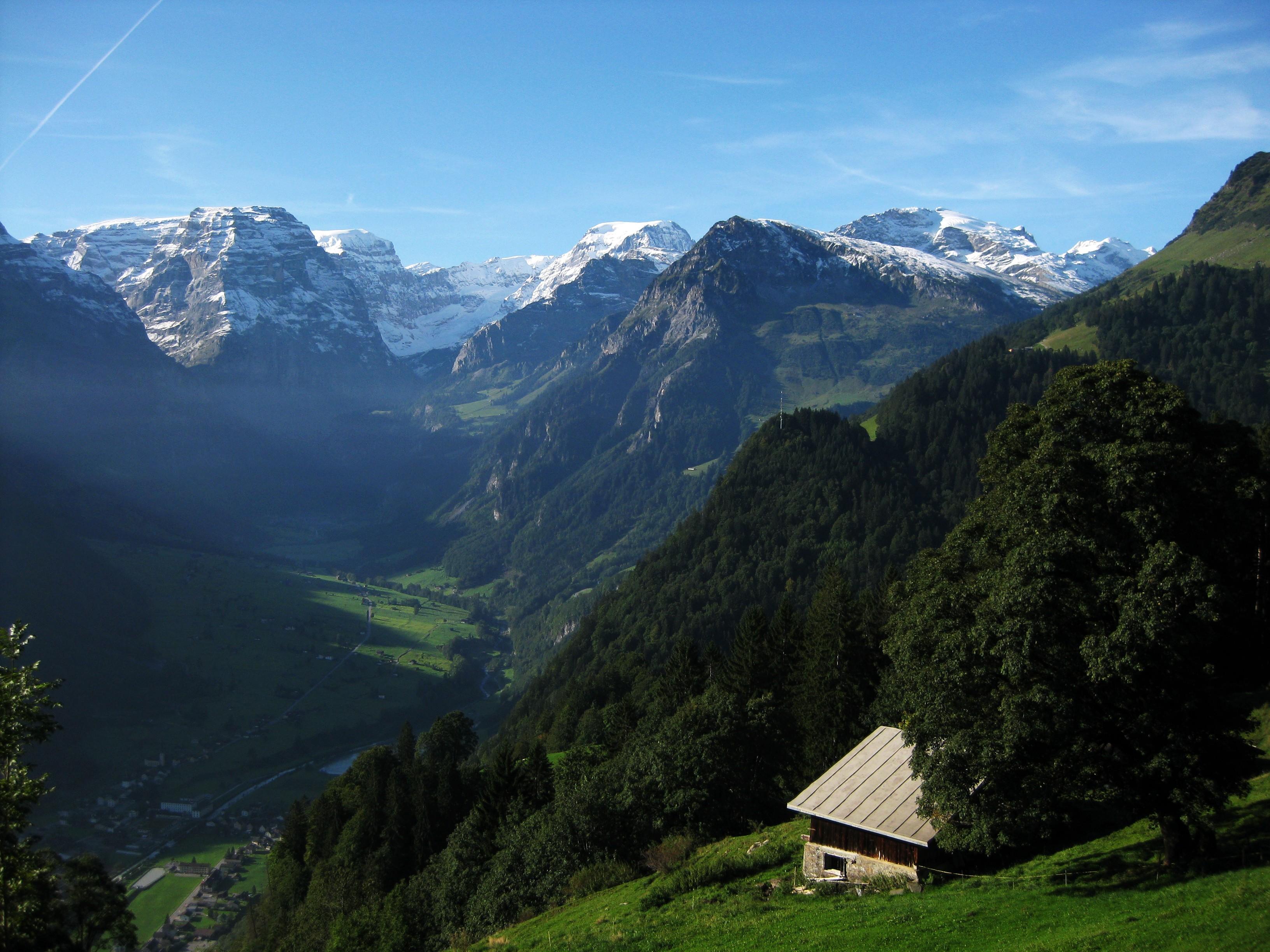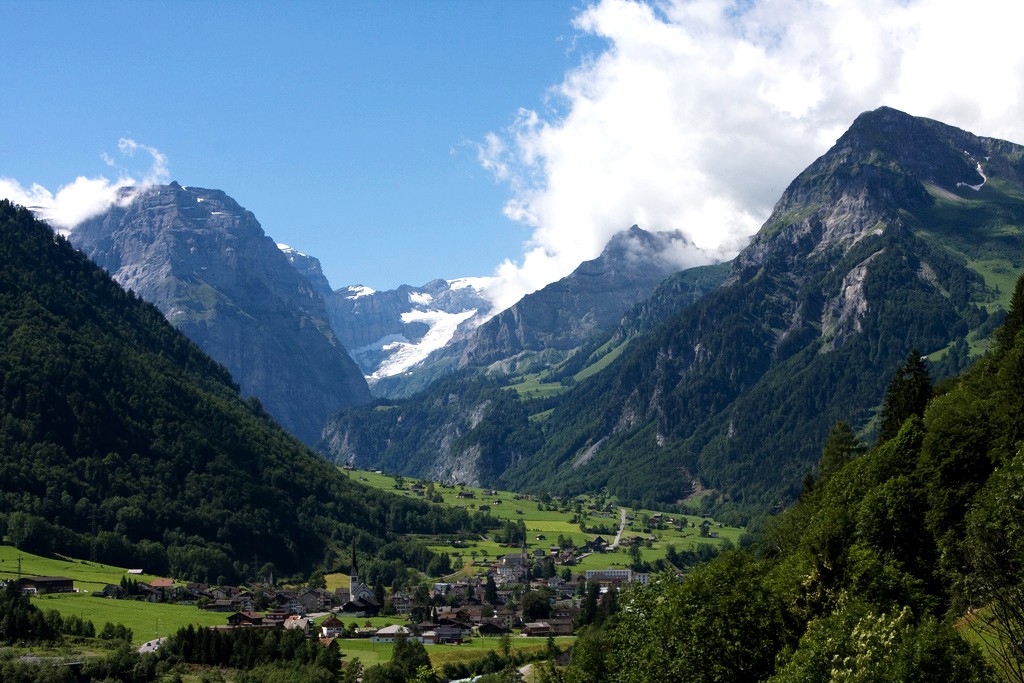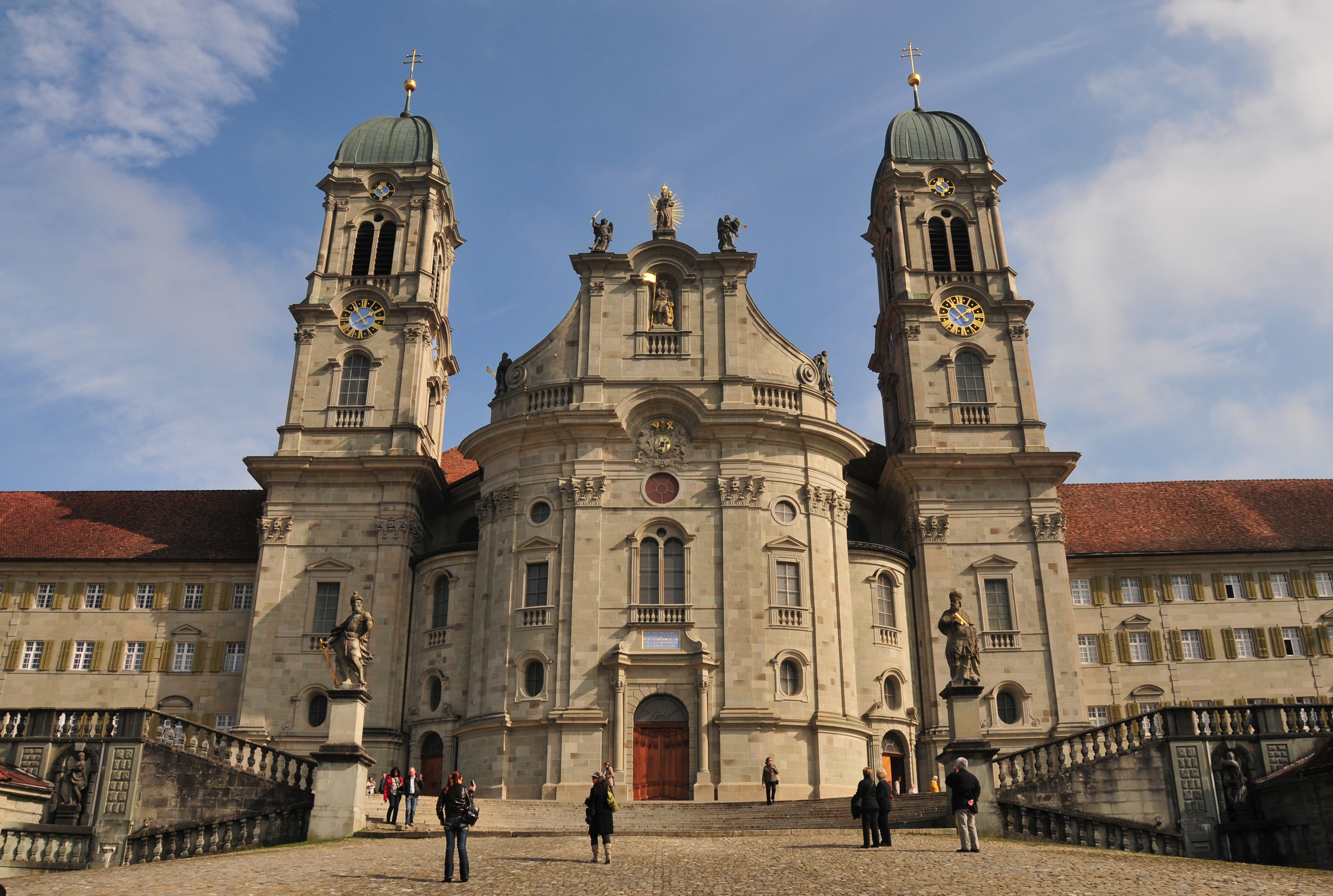|
Höch Turm
The Höch Turm is a mountain in the Schwyzer Alps, located in an elevation of . It lies west of the resort village of Braunwald on the karstic range between the valleys of Muota and Linth. Administratively, the mountain lies in the municipality of Muotathal, in the canton of Schwyz The canton of Schwyz (german: Kanton Schwyz rm, Chantun Sviz; french: Canton de Schwytz; it, Canton Svitto) is a canton in central Switzerland between the Alps in the south, Lake Lucerne to the west and Lake Zürich in the north, centred on .... References External links * Höch Turm on Hikr Mountains of Switzerland Mountains of the Alps Mountains of the canton of Schwyz {{Schwyz-geo-stub ... [...More Info...] [...Related Items...] OR: [Wikipedia] [Google] [Baidu] |
Swisstopo
Swisstopo is the official name for the Swiss Federal Office of Topography (in German language, German: ''Bundesamt für Landestopografie''; French language, French: ''Office fédéral de topographie''; Italian language, Italian: ''Ufficio federale di topografia''; Romansh language, Romansh: ''Uffizi federal da topografia''), Switzerland's national mapping agency. The current name was made official in 2002. It had been in use as the domain name for the institute's homepage, swisstopo.ch, since 1997. Maps The main class of products produced by Swisstopo are topographical maps on seven different Scale (map), scales. Swiss maps have been praised for their accuracy and quality. Regular maps * 1:25.000. This is the most detailed map, useful for many purposes. Those are popular with tourists, especially for famous areas like Zermatt and St. Moritz. These maps cost CHF 13.50 each (2004). 208 maps on this scale are published at regular intervals. The first map published on this scale ... [...More Info...] [...Related Items...] OR: [Wikipedia] [Google] [Baidu] |
Ortstock
The Ortstock is a mountain in the Schwyzer Alps, located at an elevation of on the border between the cantons of Schwyz and Glarus. It overlooks Braunwald and Linthal on its east side, while the west side overlooks the high valley of Glattalp. There are no glaciers surrounding the Ortstock, although a few névés can be found on its northern side. The north and south faces are very steep but experienced hikers can reach the summit via a trail on its less steep western flank. The mountain lies in the municipalities of Muotathal, in the canton of Schwyz, and Glarus Süd Glarus Süd is a municipality in the Swiss canton of Glarus. It comprises the upper Linth valley, and the entire Sernf valley, and includes the villages of Betschwanden, Braunwald, Diesbach, Elm, Engi, Haslen, Hätzingen, Leuggelbach, Lin ..., in the canton of Glarus. References External links *Ortstock on Hikr.org Mountains of the Alps Mountains of Switzerland Mountains of the canton of Glaru ... [...More Info...] [...Related Items...] OR: [Wikipedia] [Google] [Baidu] |
Canton Of Schwyz
The canton of Schwyz (german: Kanton Schwyz rm, Chantun Sviz; french: Canton de Schwytz; it, Canton Svitto) is a canton in central Switzerland between the Alps in the south, Lake Lucerne to the west and Lake Zürich in the north, centred on and named after the town of Schwyz. It is one of the founding cantons of Switzerland; Switzerland's name is derived from the name of the canton, and the flag of Switzerland from its coat of arms. For the history of the name, see Schwyz. The Swiss Federal Charter is on display in Schwyz. Northeast of the town of Schwyz is Einsiedeln Abbey. History Prehistory to the Roman era The earliest traces of humans in Schwyz are from the Upper Paleolithic and Early Mesolithic, or about 12,500 BC. An excavation of the karst caves in the valley of the Muota river (''Muotatal'') revealed numerous sites, some dating to the Younger Dryas period (c. 10,000 BC). The alpine meadows at Bödmeren, Twärenen and Silberen were Stone Age hunter-gatherer camps. ... [...More Info...] [...Related Items...] OR: [Wikipedia] [Google] [Baidu] |
Switzerland
). Swiss law does not designate a ''capital'' as such, but the federal parliament and government are installed in Bern, while other federal institutions, such as the federal courts, are in other cities (Bellinzona, Lausanne, Luzern, Neuchâtel, St. Gallen a.o.). , coordinates = , largest_city = Zürich , official_languages = , englishmotto = "One for all, all for one" , religion_year = 2020 , religion_ref = , religion = , demonym = , german: Schweizer/Schweizerin, french: Suisse/Suissesse, it, svizzero/svizzera or , rm, Svizzer/Svizra , government_type = Federalism, Federal assembly-independent Directorial system, directorial republic with elements of a direct democracy , leader_title1 = Federal Council (Switzerland), Federal Council , leader_name1 = , leader_title2 = , leader_name2 = Walter Thurnherr , legislature = Fe ... [...More Info...] [...Related Items...] OR: [Wikipedia] [Google] [Baidu] |
Schwyzer Alps
The Schwyz Alps (german: Schwyzer Alpen) are a mountain range in Switzerland. They form part of the North-Eastern Swiss Alps and are bordered by the Glarus Alps to the east, the Appenzell Alps to the north-east, the Emmental Alps in the west, and the Uri Alps to the south-west. The Klausen Pass is the highest point between the Schwyz Alps and the Glarus Alps. The Schwyzer Alps extend beyond the boundaries of the canton of Schwyz, including parts of the cantons of Glarus, Luzern, Uri and Zug. The highest point in the Schwyzer Alps is the Glärnisch, at an elevation of , which actually lies within the canton of Glarus. Just south of the Glärnisch is the Bös Fulen, the highest point in the canton of Schwyz. Geography Principal summits The principal summits of the Schwyzer Alps are: See also *Swiss Alps *List of mountains of the canton of Schwyz *List of mountains of the canton of Glarus This is a list of mountains of the Swiss canton of Glarus. Glarus is a very mountainous ... [...More Info...] [...Related Items...] OR: [Wikipedia] [Google] [Baidu] |
Mountain
A mountain is an elevated portion of the Earth's crust, generally with steep sides that show significant exposed bedrock. Although definitions vary, a mountain may differ from a plateau in having a limited Summit (topography), summit area, and is usually higher than a hill, typically rising at least 300 metres (1,000 feet) above the surrounding land. A few mountains are Monadnock, isolated summits, but most occur in mountain ranges. Mountain formation, Mountains are formed through Tectonic plate, tectonic forces, erosion, or volcanism, which act on time scales of up to tens of millions of years. Once mountain building ceases, mountains are slowly leveled through the action of weathering, through Slump (geology), slumping and other forms of mass wasting, as well as through erosion by rivers and glaciers. High elevations on mountains produce Alpine climate, colder climates than at sea level at similar latitude. These colder climates strongly affect the Montane ecosystems, ecosys ... [...More Info...] [...Related Items...] OR: [Wikipedia] [Google] [Baidu] |
Braunwald, Glarus
Braunwald is a car-free resort village in the municipality of Glarus Süd and canton of Glarus in Switzerland. History Braunwald is first mentioned in 1421 as ''Brunwald''. There is evidence of summer occupation between the 12th and 15th centuries and, by 1725, a few families were living there year-round. A school was first held in 1841, and moved into its own building in 1857. The Niederschlacht Inn, built in 1856, became a famous hotel. The opening of the Braunwald funicular in 1907 was followed by the opening of further hotels, including the Grand Hotel Bellevue (now the Märchenhotel Bellevue), the Alpina Hotel (now the Adrenalin Backpackers Hostel) and the Alpenblick Hotel (which was destroyed by fire in 2009). In the second half of the 20th century, several chair lifts and gondola lifts opened to provide access to the ski slopes above the village. Until 1939, the village of Braunwald formed part of the municipality of Rüti, but, in that year Braunwald split off to form it ... [...More Info...] [...Related Items...] OR: [Wikipedia] [Google] [Baidu] |
Karstic
Karst is a topography formed from the dissolution of soluble rocks such as limestone, dolomite, and gypsum. It is characterized by underground drainage systems with sinkholes and caves. It has also been documented for more weathering-resistant rocks, such as quartzite, given the right conditions. Subterranean drainage may limit surface water, with few to no rivers or lakes. However, in regions where the dissolved bedrock is covered (perhaps by debris) or confined by one or more superimposed non-soluble rock strata, distinctive karst features may occur only at subsurface levels and can be totally missing above ground. The study of ''paleokarst'' (buried karst in the stratigraphic column) is important in petroleum geology because as much as 50% of the world's hydrocarbon reserves are hosted in carbonate rock, and much of this is found in porous karst systems. Etymology The English word ''karst'' was borrowed from German in the late 19th century, which entered German much earlier. ... [...More Info...] [...Related Items...] OR: [Wikipedia] [Google] [Baidu] |
Linth
The Linth (pronounced "lint") is a Swiss river that rises near the village of Linthal in the mountains of the canton of Glarus, and eventually flows into the Obersee section of Lake Zurich. It is about in length. The water power of the Linth was a main factor in the creation of the textile industry of the canton Glarus, and is today used to drive the Linth–Limmern power stations in its upper reaches. The river and its upper valley forms the boundary between the mountain ranges of the Glarus Alps, to its east and south, and the Schwyzer Alps, to its west. Course of the river The river rises to the south-west of the village of Linthal, at the foot the Tödi mountain (elevation ). It collects the water from several glaciers, including the Clariden Glacier and the Biferten Glacier, as well as various tributary streams, including the ''Oberstafelbach'', the ''Bifertenbach'', the ''Sandbach'', the ''Walenbach'' and the ''Limmerenbach''. The last of these is dammed to create t ... [...More Info...] [...Related Items...] OR: [Wikipedia] [Google] [Baidu] |
Muotathal
, neighboring_municipalities= Bürglen (UR), Glarus (GL), Glarus Süd (GL), Illgau, Innerthal, Morschach, Oberiberg, Riemenstalden, Spiringen (UR), Schwyz, Unteriberg, Unterschächen (UR) , twintowns= } Muotathal is a village and a municipality in Schwyz District in the canton of Schwyz in Switzerland. The eponymous valley, the Muotatal, is formed by the Muota, which joins Lake Lucerne at Brunnen. History Muotathal is first mentioned in 1246 as ''Muthathal'' and ''Mutetal''. Geography The village is located in the valley of the river Muota, the Muotatal, with which it shares the name. The municipality is located in a series of valleys on the eastern edge of the canton, on the borders with the cantons of Uri and Glarus. It is the 10th largest municipality area-wise in Switzerland. It consists of the hamlet Ried, village sections of Schachen, Wil, Hinterthal (had its own post office since 1896, though it has now grown together with Schachen), and the hamlet Bisisthal in the ... [...More Info...] [...Related Items...] OR: [Wikipedia] [Google] [Baidu] |
Canton Of Schwyz
The canton of Schwyz (german: Kanton Schwyz rm, Chantun Sviz; french: Canton de Schwytz; it, Canton Svitto) is a canton in central Switzerland between the Alps in the south, Lake Lucerne to the west and Lake Zürich in the north, centred on and named after the town of Schwyz. It is one of the founding cantons of Switzerland; Switzerland's name is derived from the name of the canton, and the flag of Switzerland from its coat of arms. For the history of the name, see Schwyz. The Swiss Federal Charter is on display in Schwyz. Northeast of the town of Schwyz is Einsiedeln Abbey. History Prehistory to the Roman era The earliest traces of humans in Schwyz are from the Upper Paleolithic and Early Mesolithic, or about 12,500 BC. An excavation of the karst caves in the valley of the Muota river (''Muotatal'') revealed numerous sites, some dating to the Younger Dryas period (c. 10,000 BC). The alpine meadows at Bödmeren, Twärenen and Silberen were Stone Age hunter-gatherer camps. ... [...More Info...] [...Related Items...] OR: [Wikipedia] [Google] [Baidu] |
Mountains Of Switzerland
This article contains a sortable table of many of the major mountains and hills of Switzerland. The table only includes those summits that have a topographic prominence of at least above other points, and ranks them by height and prominence. Therefore it only includes mountains that might generally be regarded as 'independent' and covers most of the country, even lower areas. For a fuller list of mountains, including subsidiary points, see List of mountains of Switzerland above 3000 m and List of mountains of Switzerland above 3600 m. For a list of just the most isolated mountains, see List of most isolated mountains of Switzerland. Along with the lakes, mountains constitute a major natural feature of Switzerland with most of the cantons having summits exceeding and three of them having summits exceeding . The two main mountain ranges are the Alps (south and east) and the Jura (north and west), separated by the Swiss Plateau which also includes a large number of hills. Topo ... [...More Info...] [...Related Items...] OR: [Wikipedia] [Google] [Baidu] |




.jpg)


